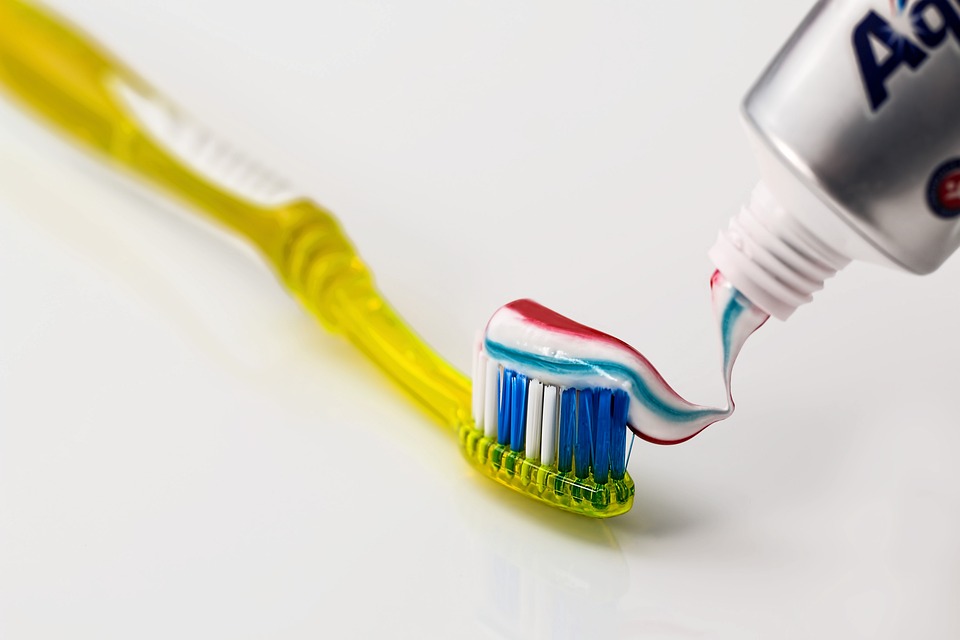Choosing the Right Toothbrush: A Guide to Good Oral Hygiene
Proper oral hygiene is essential for maintaining a healthy smile and preventing dental problems. One of the key components of a good oral hygiene routine is choosing the right toothbrush. With so many options available in the market, it can be overwhelming to find the perfect toothbrush that suits your needs. In this comprehensive guide, we will walk you through the factors to consider when selecting a toothbrush and provide valuable insights into achieving good oral hygiene.
Factors to Consider when Choosing a Toothbrush
1. Bristle Type: The bristles of a toothbrush come in various types, including soft, medium, and hard. It is generally recommended to opt for a toothbrush with soft bristles as they are gentle on the gums and tooth enamel. Hard bristles can cause gum irritation and enamel erosion, leading to dental problems in the long run.
2. Size of the Head: The size of the toothbrush head is an important factor to consider. Ideally, it should be small enough to reach all areas of your mouth, including the back teeth. A toothbrush with a large head may make it difficult to clean those hard-to-reach areas, increasing the chances of plaque buildup and cavities.
3. Handle Design: The handle of a toothbrush should be comfortable to hold and provide good grip. Look for a toothbrush with a non-slip handle, as it allows for better control and maneuverability while brushing. This ensures that you can effectively clean your teeth without putting excessive pressure on your gums.
4. Electric or Manual: Another decision to make is whether to go for an electric or manual toothbrush. Electric toothbrushes are known to provide a more thorough cleaning, thanks to their oscillating or rotating brush heads. They can be particularly beneficial for individuals with limited mobility or those who struggle with proper brushing techniques. However, manual toothbrushes are equally effective if used correctly.
5. ADA Seal of Approval: To ensure the toothbrush you choose meets the necessary quality standards, look for the American Dental Association (ADA) Seal of Approval. This seal indicates that the toothbrush has undergone rigorous testing and has met the ADA’s criteria for safety and efficacy.
The Importance of Good Oral Hygiene
Good oral hygiene goes beyond just choosing the right toothbrush. It involves a combination of daily brushing, flossing, and regular dental check-ups. By maintaining good oral hygiene, you can:
- Prevent tooth decay: Proper brushing and flossing remove plaque, a sticky film of bacteria, preventing it from eroding your tooth enamel and causing cavities.
- Prevent gum disease: Regular oral hygiene practices help eliminate plaque and tartar, reducing the risk of gum disease. Gum disease, if left untreated, can lead to tooth loss and other serious dental problems.
- Maintain fresh breath: Brushing your teeth and tongue helps remove bacteria that cause bad breath, keeping your breath fresh and your mouth feeling clean.
- Improve overall health: Good oral hygiene has been linked to better overall health. Studies have shown that poor oral health can contribute to various systemic conditions, including heart disease, diabetes, and respiratory infections.
Frequently Asked Questions (FAQs)
Q: How often should I replace my toothbrush?
A: It is recommended to replace your toothbrush every three to four months, or sooner if the bristles become frayed. Frayed bristles are less effective in cleaning your teeth and gums properly.
Q: Should I brush my teeth before or after meals?
A: It is generally advised to wait at least 30 minutes after a meal before brushing your teeth. This allows the saliva to neutralize the acids produced by the food, reducing the risk of enamel erosion.
Q: Can I use a toothbrush with hard bristles for better cleaning?
A: No, using a toothbrush with hard bristles can be too abrasive for your teeth and gums. Stick to soft bristles to prevent damage and irritation.
Conclusion
Choosing the right toothbrush is an important step in maintaining good oral hygiene. Consider the bristle type, size of the head, handle design, and whether to opt for an electric or manual toothbrush. Don’t forget to look for the ADA Seal of Approval to ensure its quality. Remember, good oral hygiene practices, including regular brushing, flossing, and dental check-ups, are essential for a healthy smile and overall well-being.
For more information on oral hygiene and the importance of choosing the right toothbrush, please check out this oral hygiene guide.







